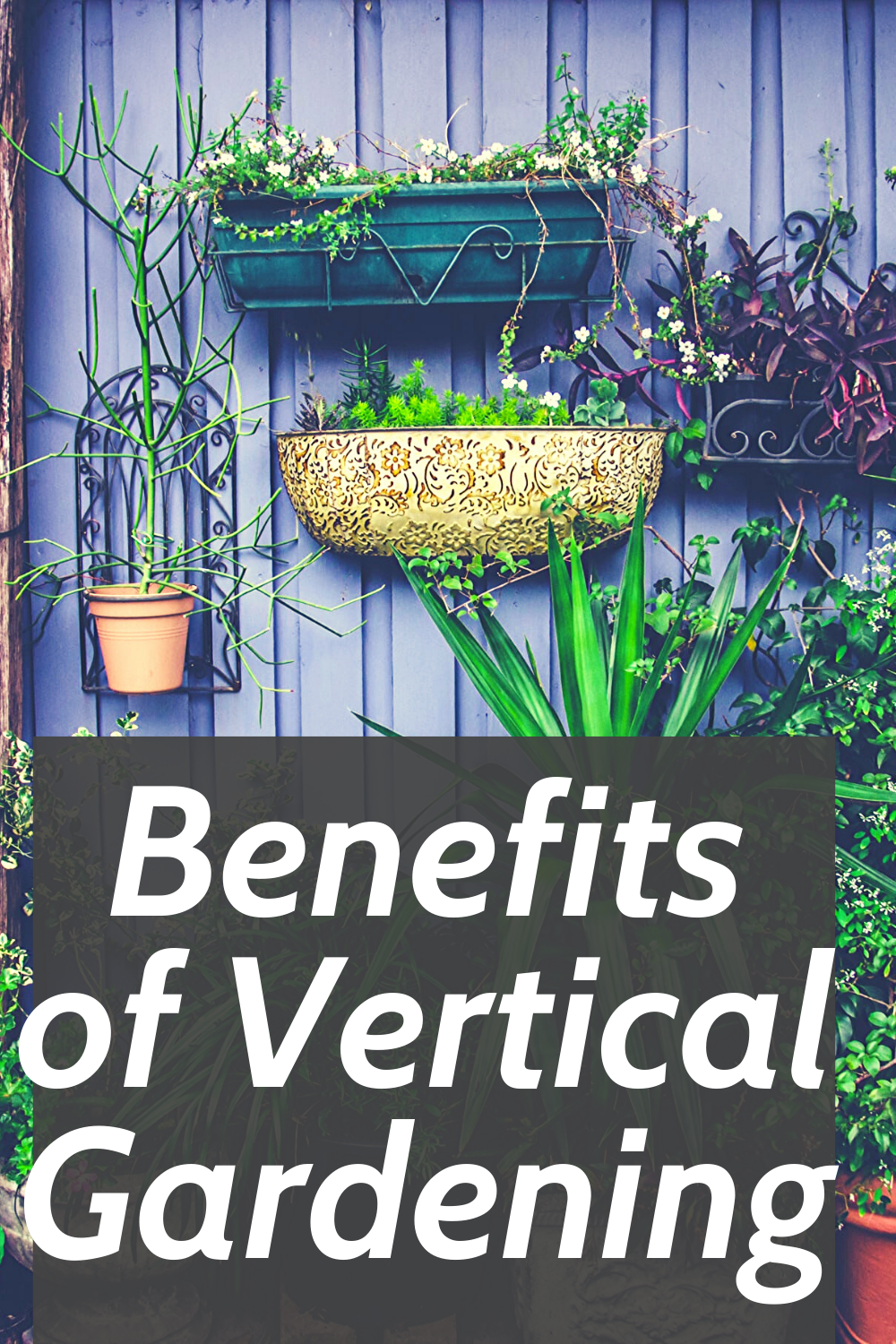
The Therapeutic Benefits of Vertical Gardening
Vertical gardening has gained popularity in recent years due to its space-saving capabilities and therapeutic benefits. In this comprehensive article, we will explore the historical background of gardening, define key concepts related to vertical gardening, and discuss its main therapeutic benefits. Additionally, we will provide case studies, examine current trends and developments, address challenges and controversies, and speculate on the future outlook of vertical gardening in therapeutic settings. By the end of this article, readers will have a comprehensive understanding of the therapeutic benefits of vertical gardening.
Historical Background
Gardening has a long history that spans centuries, with humans cultivating plants for sustenance, beauty, and well-being. As technology and urbanization have progressed, gardening techniques have evolved to fit the needs and constraints of contemporary living spaces. Vertical gardening, a modern concept, has gained popularity for its efficient use of limited space and aesthetically pleasing design.
Key Concepts and Definitions
Before delving into the therapeutic benefits of vertical gardening, it is important to understand the key concepts and definitions associated with this practice. Therapeutic benefits refer to the positive effects that an activity or environment can have on an individual’s mental and physical well-being. Vertical gardening involves growing plants vertically on walls, trellises, or other structures, maximizing space utilization and promoting a green and vibrant environment. Additionally, horticultural therapy utilizes gardening and plant-related activities to improve physical, cognitive, and emotional well-being.
Main Discussion Points
One of the primary reasons for the increasing popularity of vertical gardening is its therapeutic benefits. Let’s explore some of the key points in this regard.
Improved Mental Health and Well-being
Gardening is widely recognized as a stress-relieving activity. Engaging in gardening can reduce stress and anxiety by providing an opportunity for relaxation and mindfulness. Spending time in nature and participating in physical activity positively impacts mental health. Vertical gardening enhances biophilia, the innate human connection to nature, by bringing nature closer to individuals and providing a sense of calm and tranquility.
Physical Health Benefits
Vertical gardening not only benefits mental health but also contributes to physical well-being. Tending to a vertical garden involves physical activities such as planting, watering, and pruning, which provide individuals with exercise. Regular gardening has been associated with improved cardiovascular health, increased muscle strength, and potential weight management benefits. By incorporating vertical gardening into their routine, individuals can experience improvements in both mental and physical health.
Therapeutic Benefits for Specific Populations
Vertical gardening has shown promise in improving the well-being of specific populations. For the elderly, engaging in vertical gardening can improve cognitive function and memory. The sensory stimulation and social interaction involved in gardening activities enhance their overall quality of life. Similarly, children can benefit educationally and emotionally from vertical gardening. It offers them an opportunity to learn about plants, ecosystems, and the environment while fostering a sense of responsibility and accomplishment. Individuals with disabilities can also engage in vertical gardening with adaptive techniques and tools, ensuring inclusivity and equal participation.
Case Studies or Examples
Numerous case studies and examples highlight the therapeutic benefits of vertical gardening. In a community center for mental health patients, vertical gardening has been utilized as a therapeutic intervention. Nurturing plants and witnessing their growth have positively impacted patients’ mental health and overall well-being. Another case study showcases a school that has incorporated vertical gardening into its curriculum for students with behavioral disorders. Caring for plants has provided a therapeutic outlet and fostered a sense of responsibility and self-confidence. These examples demonstrate the tangible benefits of vertical gardening in therapeutic settings.
Current Trends or Developments
Recent research findings have shed light on the therapeutic benefits of vertical gardening. As urban gardening gains momentum, its impact on mental health is becoming increasingly evident. Growing plants in urban environments has been associated with reduced stress levels and improved overall well-being. Additionally, innovative vertical gardening systems and technologies are constantly being developed, providing individuals with more options for incorporating this practice into their lives.
Challenges or Controversies
Despite its many benefits, vertical gardening also presents challenges and controversies. Limited space and potential structural restrictions can hinder the implementation of vertical gardens. Additionally, differing viewpoints exist on the effectiveness of vertical gardening as a therapeutic intervention. Further research and collaboration among professionals are needed to address these challenges and explore the full potential of vertical gardening in therapeutic settings.
Future Outlook
The future of vertical gardening in therapeutic settings looks promising. With its proven benefits and growing popularity, the practice is expected to continue expanding. Collaborations between healthcare professionals and vertical gardening experts can enhance the integration of this therapeutic approach. Furthermore, the integration of technology with vertical gardening holds the potential for enhanced therapeutic benefits, allowing for personalized and data-driven approaches.
Conclusion
In conclusion, vertical gardening offers numerous therapeutic benefits, including improved mental and physical health and well-being. By examining case studies, current trends, and future outlook, we can better understand the significance of exploring the therapeutic benefits of vertical gardening. As this practice continues to evolve and gain recognition, it is crucial to prioritize the integration of nature and green spaces into our lives for a healthier and more fulfilling future.